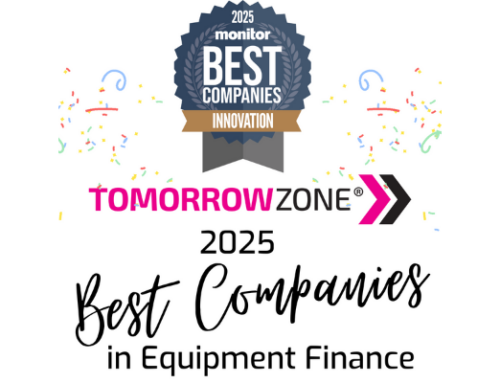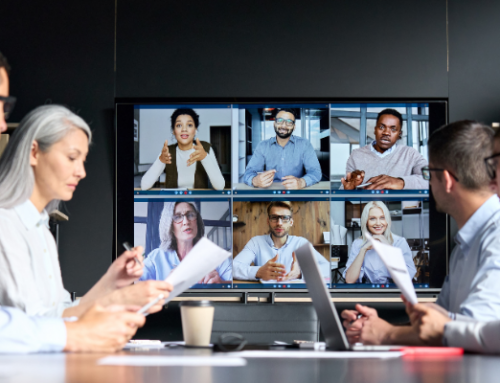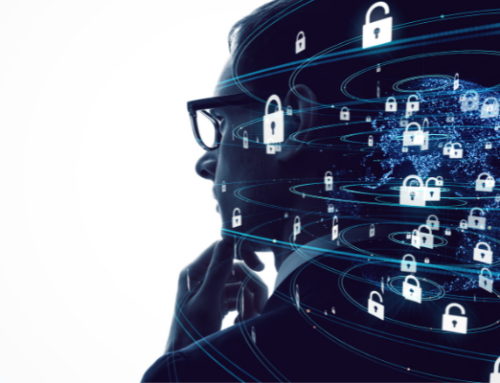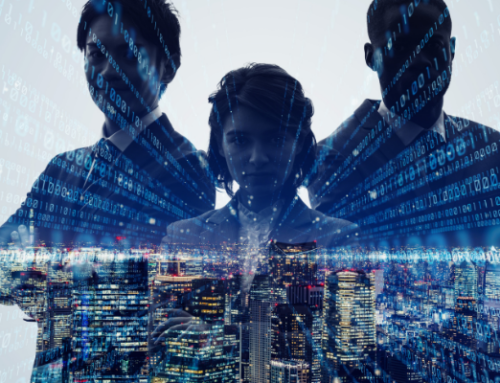If you’re planning to transform your business with technology, consider a holistic approach. By examining your business from multiple perspectives, so you can get a complete picture of what’s going on now so that you can plan appropriately for the future. To avoid narrow “siloed” thinking, analyze multiple facets of your current state: people, process, technology, culture, organization structure, and future. When making decisions about your technology roadmap, look at trends within your own company and trends outside your company.
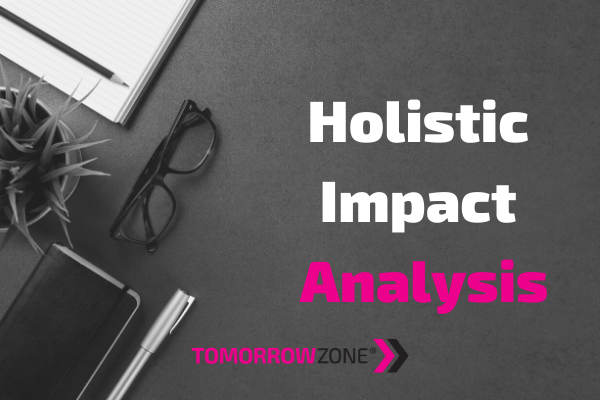
Process
When you conduct holistic impact analysis, look cross-functionally at current processes to identify opportunities to change with an eye for the future. Then step back and make sure that you understand how your choices will impact all of the other people that interact with your company. When people fail to do this, their focus becomes too narrow, and decisions are made without assessing the impact on customers, employees, and stakeholders.
Technology
One of the critical aspects to consider in your analysis is technology. Awareness of technology trends is one of the most important and useful inputs when planning your company’s transformation. As you’ve probably already noticed from the COVID pandemic, businesses that didn’t have a good grasp on digital strategy are now struggling. Even if you have technology practices in place and can transition to a remote environment, you’ll still need to step back and take in the new picture. Are your employees engaged? Have they received the proper training to use their new tools? Do you have a realistic grasp on what you and your team can handle right now?
People
An issue that I’ve encountered with clients is taking on too much. We may want to believe that nothing has changed, and we can keep working the same way we always have, but the reality is that things are different now. For many, there is no clear delineation between work and home or one day to another. If you have trouble remembering which day of the week it is, you are not alone. Some people refer to the day of the week as “Blurrsday” because all of the days are blurring together.
Many people are trying to be as productive as they always were, and they’re overfilling their plates. It’s OK to reevaluate the situation and what you can handle during the chaos of the pandemic. Next, do the same thing for your employees. Let them know that you’re flexible and there to support them as they try to manage their new schedules.
Future
Once you have a grasp on daily work-life balances in your remote environment, plan. Consider multiple possible futures to predict problems before they arise. Many businesses lacked the ability and agility to adjust to the rapid shifts because of Covid and are no longer around. As you assess your strategies, use multiple lenses for your planning. Zoom out on the big picture into the future, and then zoom back into what that means for the present.
I applied this to my own business after the world came to a crashing halt in March. With traveling for in-person speaking engagements, workshop facilitation, or event moderation no longer an option, I sought alternatives. Although operating mostly digital from the start, my business’s in-person aspects had to change. Sketching out a handful of possible long-term scenarios revealed the need to transform into a digital delivery model. Just copying in-person methods and pasting them onto technology wasn’t going to work. Transforming required rapid experimentation, learning new software, and redesigning my IP for a digital-first world.
Leveraging the new possibilities of 100% digital workshop facilitation and collaboration is already yielding tremendous gains for my clients.
Change continues to accelerate, and as fast as it is now, it will never be slower than today. We can’t precisely know what the future will bring, but one thing we can know, things can change in an instant. The safe bet is to develop the agility to respond and adapt to rapid change and be prepared. Think about what your customers, employees, and partners might need from you as the world continues to evolve. A holistic current state assessment can help you gain absolute clarity about what’s going on as quickly as possible. You can then better solve future problems and make sure you understand all of the options you, your team, and your business have to shape your future.
Have you followed me on LinkedIn? If not, let’s connect!

